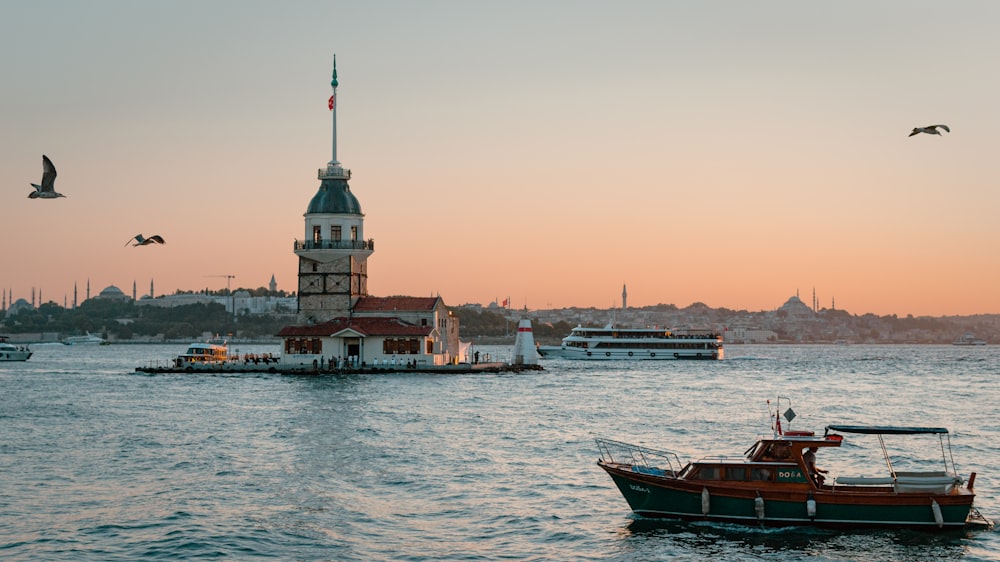Exploring the Legacy of Byzantine Architecture
In the annals of architectural history, Byzantine architecture stands as a testament to the grandeur and magnificence of the Eastern Roman Empire. From the majestic domes of Hagia Sophia to the intricate mosaics of Ravenna, Byzantine architecture is a rich tapestry of artistic, religious, and cultural influences. Let’s delve into the wonders of Byzantine architecture, uncovering its history, unique features, and enduring legacy.
A Glimpse into Byzantine History
The Byzantine Empire, also known as the Eastern Roman Empire, flourished from the 4th to the 15th century AD. Centered around Constantinople (modern-day Istanbul), the empire encompassed vast territories spanning from the Mediterranean to the Black Sea. Byzantine architecture emerged as a fusion of Roman, Greek, and Oriental influences, reflecting the empire’s multicultural heritage and Christian faith.
Hagia Sophia: The Jewel of Byzantine Architecture
No discussion of Byzantine architecture is complete without mentioning Hagia Sophia, the crowning glory of Constantinople. Built in the 6th century AD by Emperor Justinian I, Hagia Sophia is a masterpiece of architectural ingenuity. The soaring dome, supported by massive piers and buttresses, symbolizes the Byzantine fusion of spiritual aspiration and engineering prowess. Inside, the interior is adorned with shimmering mosaics, intricate marble pillars, and exquisite artworks, creating an ethereal atmosphere of divine splendor.
Ravenna’s Mosaic Marvels: A Testament to Byzantine Artistry
The city of Ravenna, located in present-day Italy, boasts a treasure trove of Byzantine mosaic artistry. The UNESCO-listed monuments of Ravenna, including the Basilica of San Vitale and the Mausoleum of Galla Placidia, showcase the intricate beauty and technical skill of Byzantine mosaics. These shimmering masterpieces depict biblical scenes, celestial figures, and ornate patterns, creating a visual feast for the eyes and a profound spiritual experience for visitors.
The Iconic Byzantine Dome: Symbol of Heavenly Aspiration
One of the defining features of Byzantine architecture is the majestic dome, symbolizing the heavens and the divine. Inspired by the Roman Pantheon, Byzantine architects perfected the art of dome construction, creating awe-inspiring structures that seemed to touch the sky. The domes of Hagia Sophia, San Vitale, and the Church of the Holy Sepulchre in Jerusalem are prime examples of Byzantine ingenuity, engineering prowess, and spiritual symbolism.
The Byzantine Basilica: Pillar of Christian Worship
The Byzantine basilica, with its rectangular plan, central nave, and flanking aisles, became the standard form for Christian churches in the Byzantine Empire. These basilicas served as places of worship, community gathering, and artistic expression. The Basilica of St. Mark’s in Venice, modeled after the Byzantine prototype, is a stunning example of this architectural style, with its opulent mosaics, marble columns, and golden domes.
Fortified Splendor: Byzantine Castles and Fortresses
Beyond religious and civic architecture, Byzantine engineers also excelled in the construction of fortified castles and fortresses. These strongholds, such as the Walls of Constantinople and the fortress of Mystras, served as defensive bulwarks against invaders and symbolized the military might of the empire. The walls, with their formidable towers, provided protection for the Byzantine capital and its inhabitants, preserving the empire’s legacy for centuries.
Innovations in Engineering: The Byzantine Arch and Vault
Byzantine architects made significant advancements in the use of the arch and vault in their buildings. The use of the pointed arch, which allowed for greater height and stability, became a hallmark of Byzantine architecture. Vaults, such as the cross-vaults of Hagia Sophia, enabled architects to create expansive interior spaces while distributing weight evenly. These engineering innovations not only enhanced the structural integrity of Byzantine buildings but also paved the way for future architectural developments.
Legacy of Influence: Byzantine Architecture Across the Ages
The legacy of Byzantine architecture extends far beyond the borders of the empire, influencing architectural styles across Europe, Asia, and the Middle East. From the domes of Russian Orthodox churches to the arches of Islamic mosques, traces of Byzantine design can be seen in diverse cultural contexts. Byzantine art and architecture also left an indelible mark on the Renaissance, inspiring artists and architects such as Michelangelo and Brunelleschi.
Preserving Byzantine Treasures: Challenges and Triumphs
Despite the passage of centuries and the challenges of time, Byzantine architectural wonders continue to captivate and inspire. Efforts to preserve these treasures, such as the ongoing restoration of Hagia Sophia, are vital in safeguarding the legacy of Byzantine art and architecture for future generations. Through meticulous restoration and conservation, the splendor of Byzantine mosaics, domes, and basilicas continues to shine brightly, reminding us of the enduring magnificence of this ancient empire.
The Byzantine Empire: A Tapestry of Architectural Splendor
Hagia Sophia: The Jewel of Byzantine Architecture
Ravenna’s Mosaic Marvels: A Testament to Byzantine Artistry
The Iconic Byzantine Dome: Symbol of Heavenly Aspiration
The Byzantine Basilica: Pillar of Christian Worship
Fortified Splendor: Byzantine Castles and Fortresses
Innovations in Engineering: The Byzantine Arch and Vault
Legacy of Influence: Byzantine Architecture Across the Ages
Preserving Byzantine Treasures: Challenges and Triumphs
Exploring Byzantine Architectural Wonders: A Journey Through Time Read more about byzantine architecture











